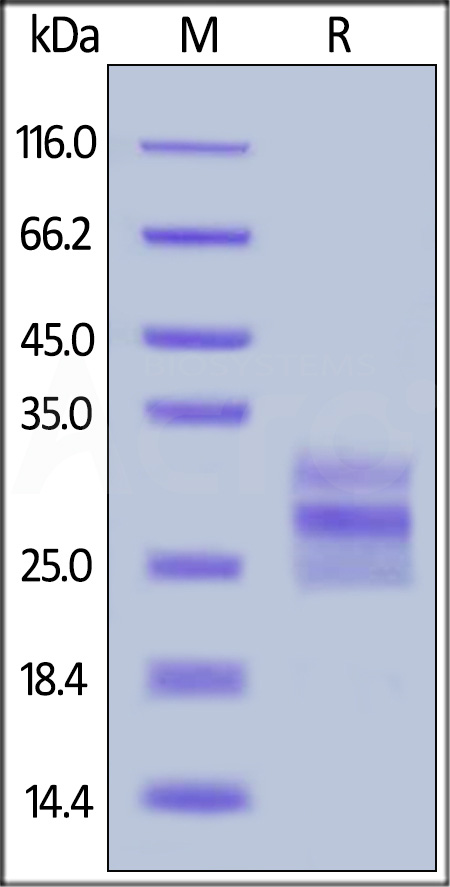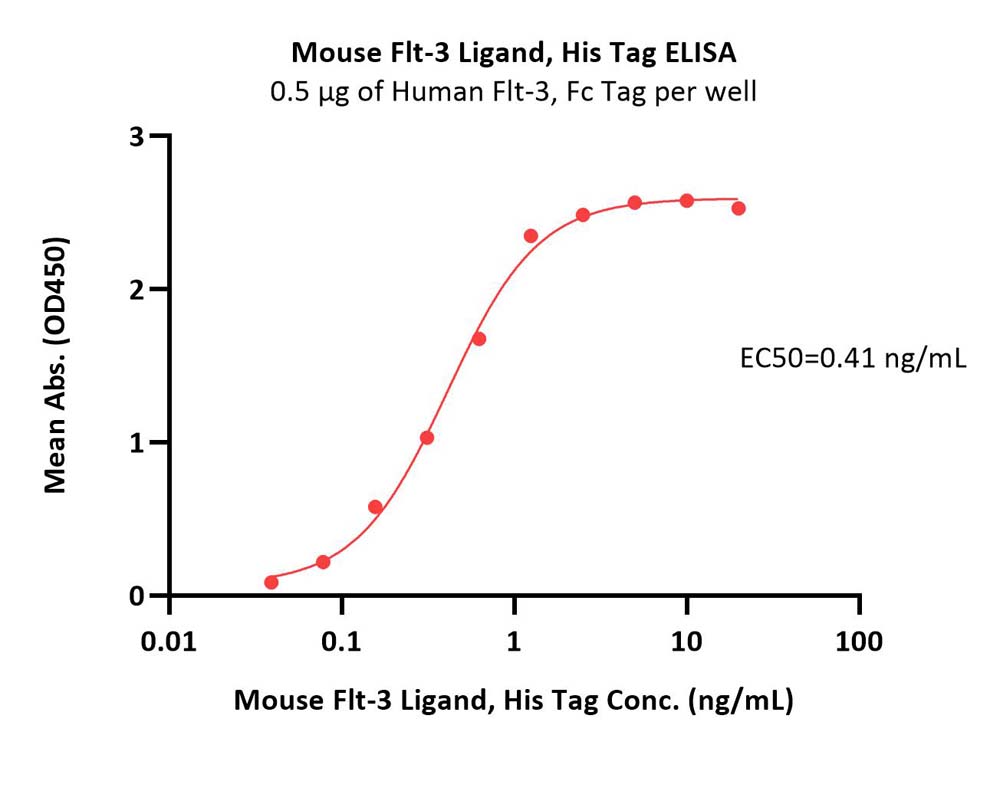Identification and validation of a novel autoantibody biomarker panel for differential diagnosis of pancreatic ductal adenocarcinomaMowoe, Allam, Nqada
et alFront Immunol (2025) 16, 1494446
Abstract: New biomarkers are urgently needed to detect pancreatic ductal adenocarcinoma (PDAC) at an earlier stage for individualized treatment strategies and to improve outcomes. Autoantibodies (AAbs) in principle make attractive biomarkers as they arise early in disease, report on disease-associated perturbations in cellular proteomes, and are static in response to other common stimuli, yet are measurable in the periphery, potentially well in advance of the onset of clinical symptoms.Here, we used high-throughput, custom cancer antigen microarrays to identify a clinically relevant autoantibody biomarker combination able to differentially detect PDAC. Specifically, we quantified the serological AAb profiles of 94 PDAC, chronic pancreatitis (CP), other pancreatic- (PC) and prostate cancers (PRC), non-ulcer dyspepsia patients (DYS), and healthy controls (HC).Combinatorial ROC curve analysis on the training cohort data from the cancer antigen microarrays identified the most effective biomarker combination as CEACAM1-DPPA2-DPPA3-MAGEA4-SRC-TPBG-XAGE3 with an AUC = 85·0% (SE = 0·828, SP = 0·684). Additionally, differential expression analysis on the samples run on the iOme™ array identified 4 biomarkers (ALX1-GPA33-LIP1-SUB1) upregulated in PDAC against diseased and healthy controls. Identified AAbs were validated in silico using public immunohistochemistry datasets and experimentally using a custom PDAC protein microarray comprising the 11 optimal AAb biomarker panel. The clinical utility of the biomarker panel was tested in an independent cohort comprising 223 PDAC, PC, PRC, colorectal cancer (CRC), and HC samples. Combinatorial ROC curve analysis on the validation data identified the most effective biomarker combination to be CEACAM1-DPPA2-DPPA3-MAGEA4-SRC-TPBG-XAGE3 with an AUC = 85·0% (SE = 0·828, SP = 0·684). Subsequently, the specificity of the 11-biomarker panel was validated against other cancers (PDAC vs PC: AUC = 70·3%; PDAC vs CRC: AUC = 84·3%; PDAC vs PRC: AUC = 80·2%) and healthy controls (PDAC vs HC: AUC = 80·9%), confirming that this novel AAb biomarker panel is able to selectively detect PDAC amongst other confounding diseases.This AAb panel may therefore have the potential to form the basis of a novel diagnostic test for PDAC.Copyright © 2025 Mowoe, Allam, Nqada, Bernon, Gandhi, Burmeister, Kotze, Kahn, Kloppers, Dharshanan, Azween, Maimela, Townsend, Jonas and Blackburn.
Circulating tumor cells are associated with lung cancer subtypes: a large-scale retrospective studyZhu, Gao, Tomita
et alTransl Lung Cancer Res (2024) 13 (11), 3122-3138
Abstract: Circulating tumor cells (CTCs) provide a unique resource to decipher cell molecular properties of lung cancer. However, the clinicopathologic and radiological features associated with CTCs in different lung cancer subtypes remain poorly characterized. The aim of this study was to explore the clinicopathological and radiological features of CTCs in different lung cancer subtypes.The CTC data were obtained using the CellSearch Circulating Tumor Cell Kit. CTCs were detected in 5,128 surgical patients with lung adenocarcinoma (LUAD), 2,226 with lung squamous cell carcinoma (LUSC), 248 with small cell lung cancer (SCLC), 99 with large cell carcinoma, and 70 with metastatic carcinomas. A Pearson correlation analysis was conducted to analyze the patients' clinical information, radiological features, and molecular characteristics, and logistic regression was used to examine the correlations between these factors and CTCs.For LUAD, the presence of tumor lobation, air bronchogram, and the epidermal growth factor receptor (EGFR) mutation were significantly associated with CTC levels. While the multivariable logistic regression analysis indicated that CD68 and P40 expression were independent factors associated with CTCs. For LUSC, tumor size, tumor spiculation, pleural indentation, air bronchogram, the expression levels of CK8/18, GPA33, and leucocyte common antigen (LCA) were significantly associated with CTC levels. The multivariable logistic regression analysis indicated that tumor size, pleural indentation, and air bronchogram were independent factors affecting CTCs. For SCLC, no factors were found to be significantly associated with CTC levels. For large cell carcinoma, tumor lobation and spiculation were significantly associated with CTC levels. For metastatic lung cancers, the presence of the positive lymphoid node was the only factor significantly associated with CTC levels.We conducted a comprehensive analysis of the tumor properties, radiological features, and genomic characteristics that are significantly associated with CTCs in different lung cancer subtypes. This study helps elucidate the formation mechanism and relevant major regulation molecules of CTCs.2024 AME Publishing Company. All rights reserved.
GPA33 expression in colorectal cancer can be induced by WNT inhibition and targeted by cellular therapyBörding, Janik, Bischoff
et alOncogene (2025) 44 (1), 30-41
Abstract: GPA33 is a promising surface antigen for targeted therapy in colorectal cancer (CRC). It is expressed almost exclusively in CRC and intestinal epithelia. However, previous clinical studies have not achieved expected response rates. We investigated GPA33 expression and regulation in CRC and developed a GPA33-targeted cellular therapy. We examined GPA33 expression in CRC cohorts using immunohistochemistry and immunofluorescence. We analyzed GPA33 regulation by interference with oncogenic signaling in vitro and in vivo using inhibitors and conditional inducible regulators. Furthermore, we engineered anti-GPA33-CAR T cells and assessed their activity in vitro and in vivo. GPA33 expression showed consistent intratumoral heterogeneity in CRC with antigen loss at the infiltrative tumor edge. This pattern was preserved at metastatic sites. GPA33-positive cells had a differentiated phenotype and low WNT activity. Low GPA33 expression levels were linked to tumor progression in patients with CRC. Downregulation of WNT activity induced GPA33 expression in vitro and in GPA33-negative tumor cell subpopulations in xenografts. GPA33-CAR T cells were activated in response to GPA33 and reduced xenograft growth in mice after intratumoral application. GPA33-targeted therapy may be improved by simultaneous WNT inhibition to enhance GPA33 expression. Furthermore, GPA33 is a promising target for cellular immunotherapy in CRC.© 2024. The Author(s).
Role of telomere dysfunction and immune infiltration in idiopathic pulmonary fibrosis: new insights from bioinformatics analysisFu, Tian, Wu
et alFront Genet (2024) 15, 1447296
Abstract: Idiopathic pulmonary fibrosis (IPF) is a chronic progressive interstitial lung disease characterized by unexplained irreversible pulmonary fibrosis. Although the etiology of IPF is unclear, studies have shown that it is related to telomere length shortening. However, the prognostic value of telomere-related genes in IPF has not been investigated.We utilized the GSE10667 and GSE110147 datasets as the training set, employing differential expression analysis and weighted gene co-expression network analysis (WGCNA) to screen for disease candidate genes. Then, we used consensus clustering analysis to identify different telomere patterns. Next, we used summary data-based mendelian randomization (SMR) analysis to screen core genes. We further evaluated the relationship between core genes and overall survival and lung function in IPF patients. Finally, we performed immune infiltration analysis to reveal the changes in the immune microenvironment of IPF.Through differential expression analysis and WGCNA, we identified 35 significant telomere regulatory factors. Consensus clustering analysis revealed two distinct telomere patterns, consisting of cluster A (n = 26) and cluster B (n = 19). Immune infiltration analysis revealed that cluster B had a more active immune microenvironment, suggesting its potential association with IPF. Using GTEx eQTL data, our SMR analysis identified two genes with potential causal associations with IPF, including GPA33 (PSMR = 0.0013; PHEIDI = 0.0741) and MICA (PSMR = 0.0112; PHEIDI = 0.9712). We further revealed that the expression of core genes is associated with survival time and lung function in IPF patients. Finally, immune infiltration analysis revealed that NK cells were downregulated and plasma cells and memory B cells were upregulated in IPF. Further correlation analysis showed that GPA33 expression was positively correlated with NK cells and negatively correlated with plasma cells and memory B cells.Our study provides a new perspective for the role of telomere dysfunction and immune infiltration in IPF and identifies potential therapeutic targets. Further research may reveal how core genes affect cell function and disease progression, providing new insights into the complex mechanisms of IPF.Copyright © 2024 Fu, Tian, Wu, Chu, Cheng, Wu and Yang.


























































 膜杰作
膜杰作 Star Staining
Star Staining















